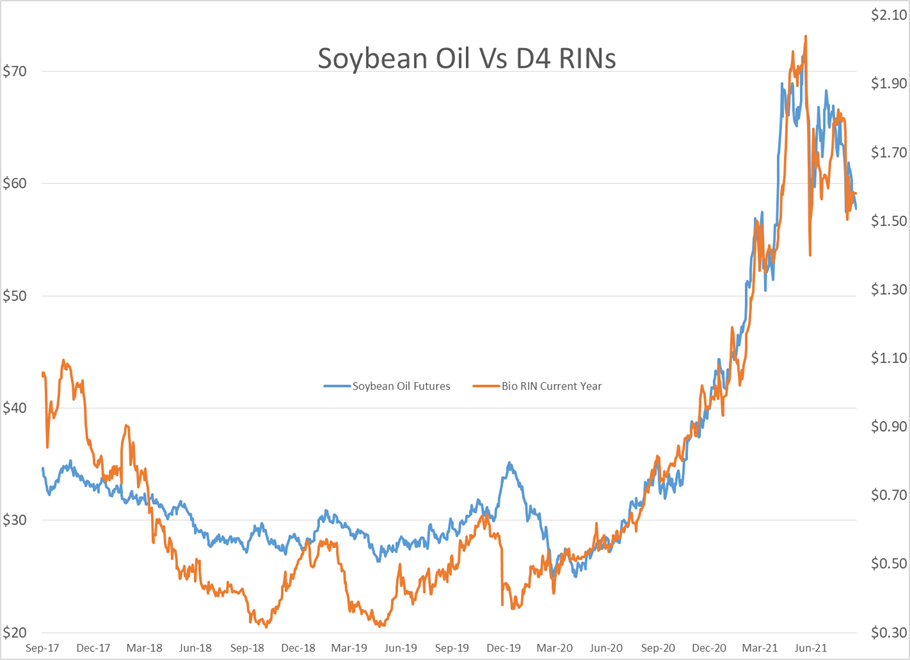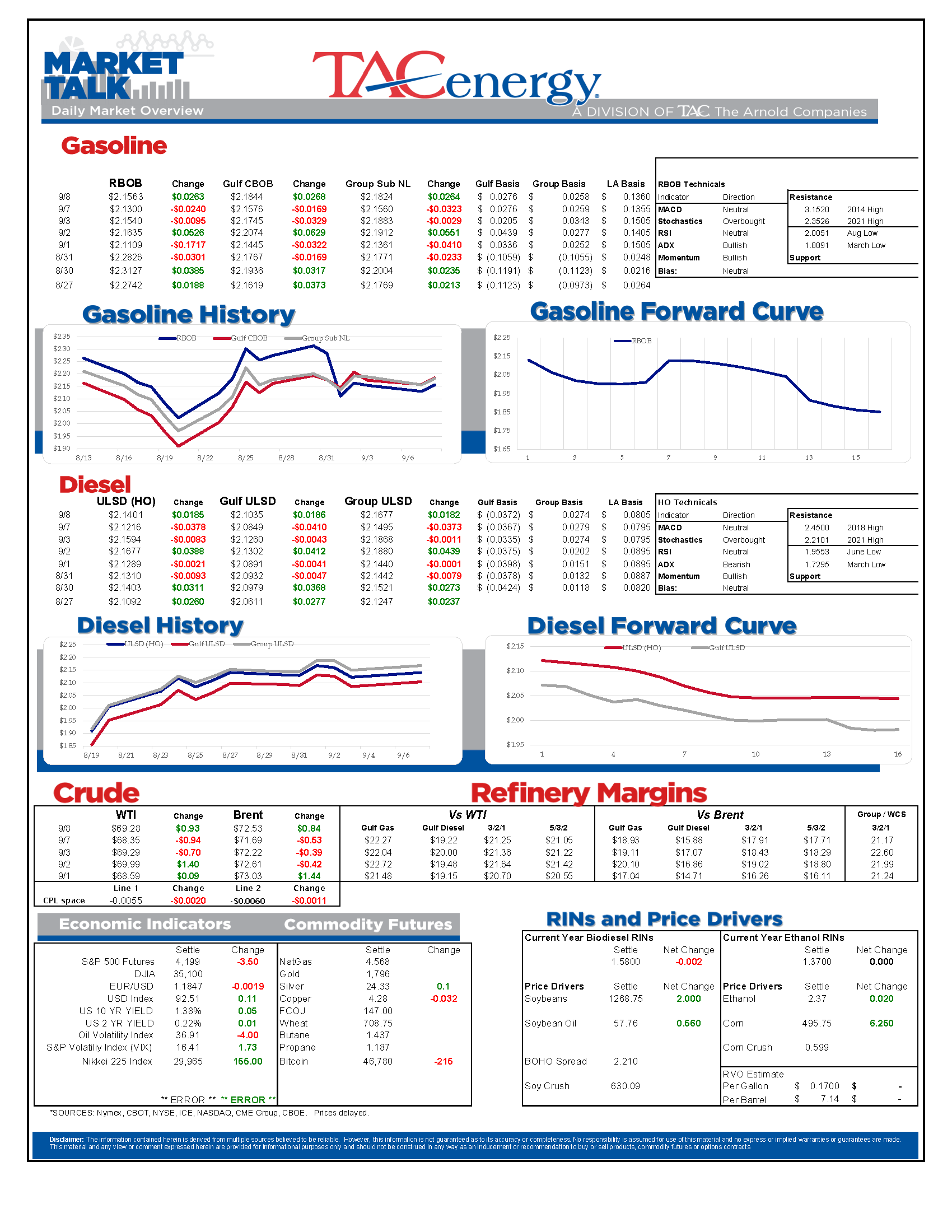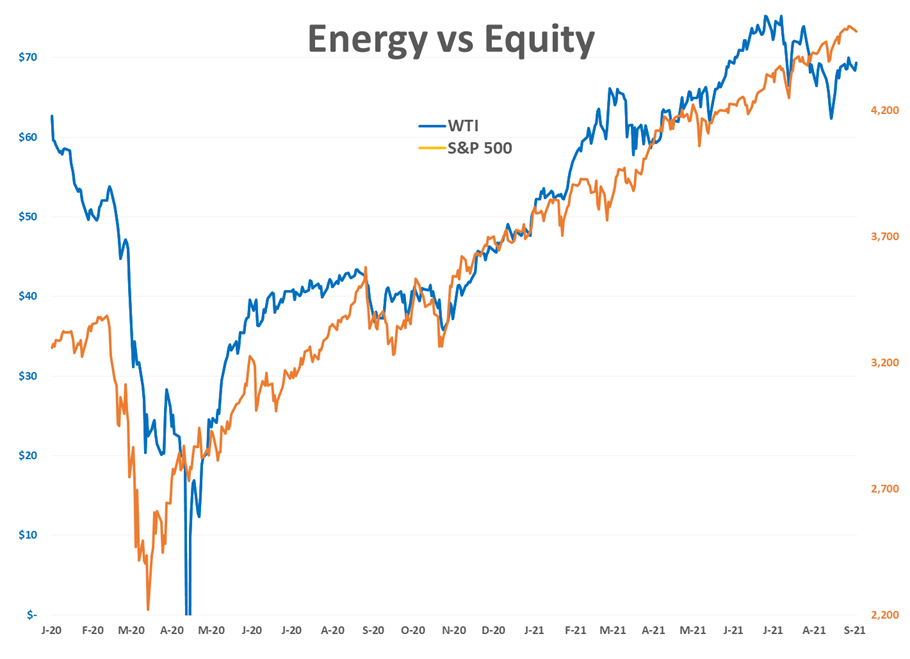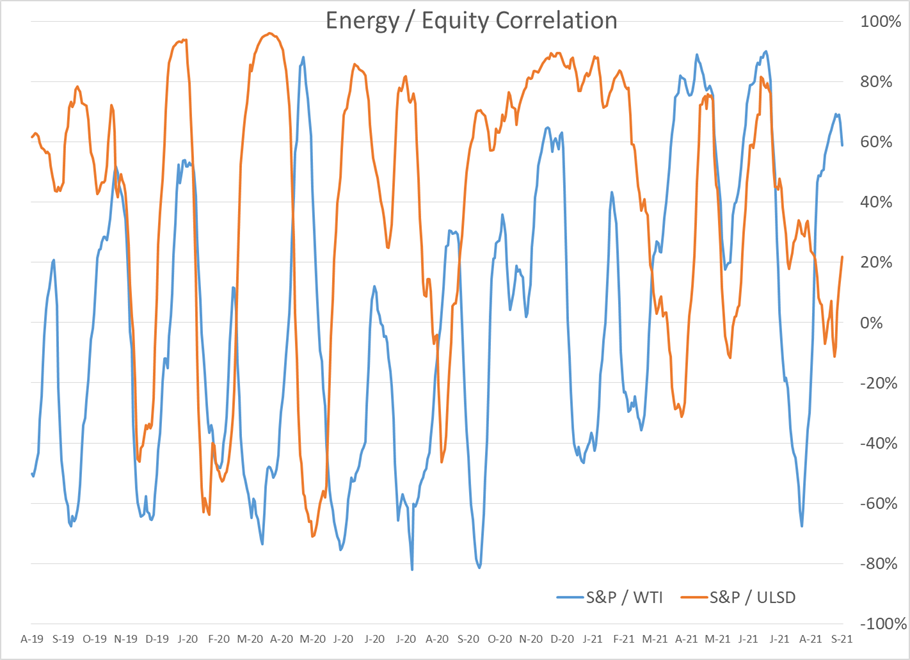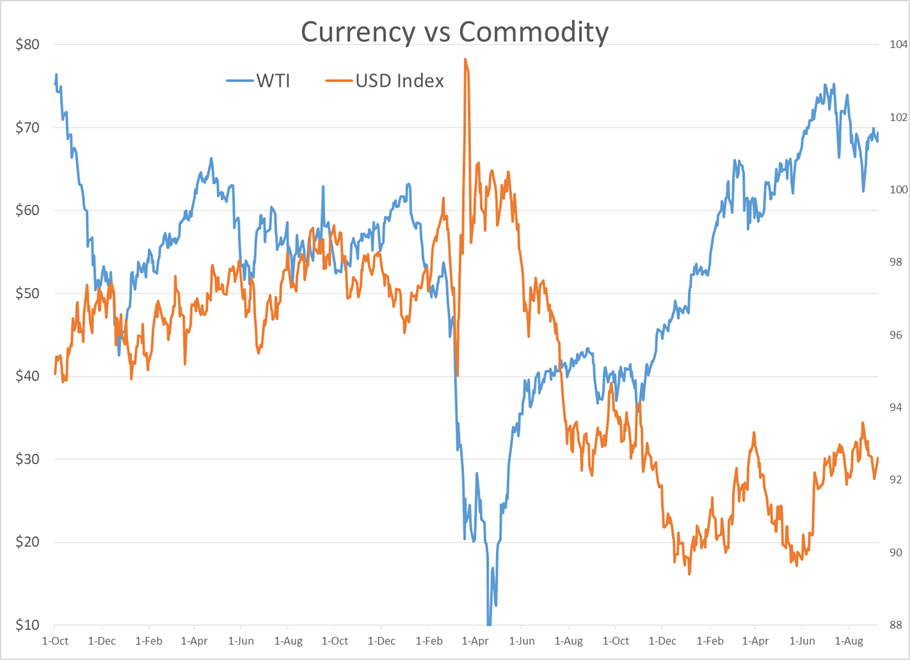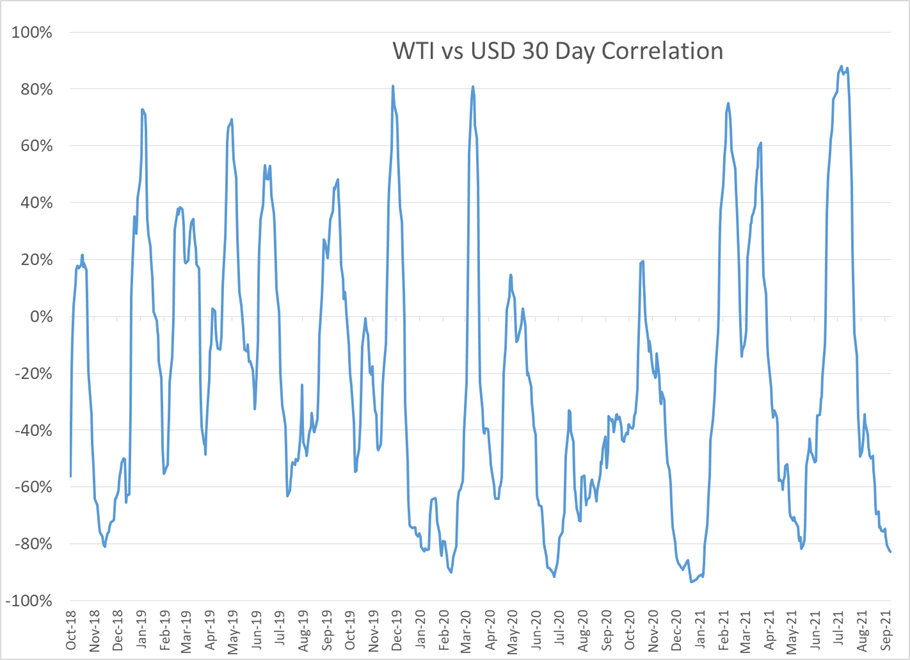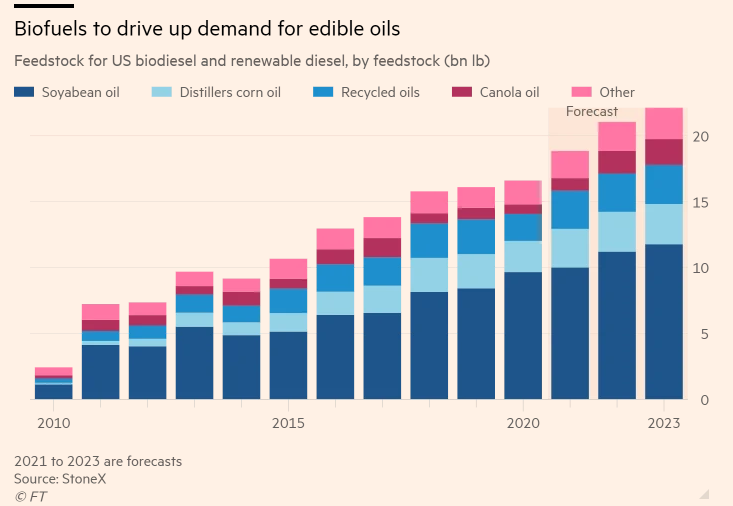Choppy Holiday Week For Energy Prices So Far

It’s a choppy holiday week for energy prices so far as an overnight rally in gasoline and crude oil wiped out Tuesday’s losses. Inventory reports are delayed a day, and are expected to show some huge swings as the industry continues its slow recovery from Hurricane Ida while keeping a wary eye out for the next storm.
5 of the 9 refineries knocked offline by Ida are in some stage of the restart process this week, but it could be months before some are back fully, and in the case of the Belle Chasse facility, market chatter suggests it may never come back online. The big blow to production is driving a large increase in gasoline imports to the US, with estimates that we’ll see the most deliveries from Europe since the Colonial hack crippled East Coast supplies back in May.
Markets around the world are watching the European Central Bank this week as they debate how to deal with rampant inflation. Record money printing aka stimulus by central banks around the world has pushed stocks in several countries (including the US) to record highs, and there’s more than a little concern as to how the markets will react as those cash infusions come to an end. The correlation between energy and equity markets has weakened in the past few weeks, but the negative relationship with the US Dollar has become more pronounced, making any central bank policy more influential on fuel prices.
Hurricane Larry continues to churn through the Atlantic, but is staying far enough out to sea to only threaten the US with rough seas. Newfoundland could take a direct hit from this storm, but the Come By Chance refinery that is right in the path and used to be an importer of refined products to the US has been shuttered due to economic reasons for years, so there will not be a supply threat from this storm. There’s another system in the Gulf of Mexico given 50% odds of developing, with projections show it moving east towards Florida but potentially bringing heavy rain to the oil infrastructure still trying to recover from Ida. A third potential system is moving off the African coast, with low odds of development given. We’re just a week away from the peak of the storm season so don’t be surprised to see another storm or two named soon.
A new weight loss strategy? The Financial Times picks up the (renewable) diesel vs donuts debate.
Click here to download a PDF of today's TACenergy Market Talk.
News & Views
View All
Energy Futures Are Caught Up In Headline Tug-O-War This Morning
Energy futures are caught up in headline tug-o-war this morning with Canadian oil production concerns and a positive US GDP report trying to push prices higher while sinking Chinese demand worries and Gaza ceasefire hopes are applying downward pressure. The latter two seem to be favored more so far this morning with WTI and Brent crude oil futures down ~45 cents per barrel, while gasoline and diesel prices are down about half a cent and two cents, respectively.
No news is good news? Chicago gasoline prices dropped nearly 30 cents yesterday, despite there not being any update on Exxon’s Joliet refinery after further damage was discovered Wednesday. Its tough to say if traders have realized the supply situation isn’t as bad as originally thought or if this historically volatile market is just being itself (aka ‘Chicago being Chicago’).
The rain isn’t letting up along the Texas Gulf Coast today and is forecasted to carry on through the weekend. While much of the greater Houston area is under flood watch, only two refineries are within the (more serious) flood warning area: Marathon’s Galveston Bay and Valero’s Texas City refineries. However, notification that more work is needed at Phillip’s 66 Borger refinery (up in the panhandle) is the only filing we’ve seen come through the TECQ, so far.
Premiums over the tariff on Colonial’s Line 1 (aka linespace value) returned to zero yesterday, and actually traded in the negatives, after its extended run of positive values atypical of this time of year. Line 1’s counterpart, Line 2, which carries distillates from Houston to Greensboro NC, has traded at a discount so far this year, due to the healthy, if not over-, supply of diesel along the eastern seaboard.
Click here to download a PDF of today's TACenergy Market Talk.

WTI And Brent Crude Oil Futures Are Trading ~$1.50 Per Barrel Lower In Pre-Market Trading
The across-the-board drawdown in national energy stockpiles, as reported by the Department of Energy yesterday, stoked bullish sentiment Wednesday and prompt month gasoline, diesel, and crude oil futures published gains on the day. Those gains are being given back this morning.
The surprise rate cut by the People’s Bank of China is being blamed for the selling we are seeing in energy markets this morning. While the interest rate drop in both short- and medium-term loans won’t likely affect energy prices outright, the concern lies in the overall economic health of the world’s second largest economy and crude oil consumer. Prompt month WTI and Brent crude oil futures are trading ~$1.50 per barrel lower in pre-market trading, gasoline and diesel are following suit, shaving off .0400-.0450 per gallon.
Chicagoland RBOB has maintained its 60-cent premium over New York prices through this morning and shows no sign of coming down any time soon. Quite the opposite in fact: the storm damage, which knocked Exxon Mobil’s Joliet refinery offline on 7/15, seems to be more extensive than initially thought, potentially extending the repair time and pushing back the expected return date.
There are three main refineries that feed the Chicago market, the impact from one of them shutting down abruptly can be seen in the charts derived from aforementioned data published by the DOE. Refinery throughput in PADD 2 dropped 183,000 barrels per day, driving gasoline stockpiles in the area down to a new 5-year seasonal low.
While it seems all is quiet on the Atlantic front (for now), America’s Refineryland is forecasted to receive non-stop rain and thunderstorms for the next four days. While it may not be as dramatic as a hurricane, flooding and power outages can shut down refineries, and cities for that matter, all the same, as we learned from Beryl.

